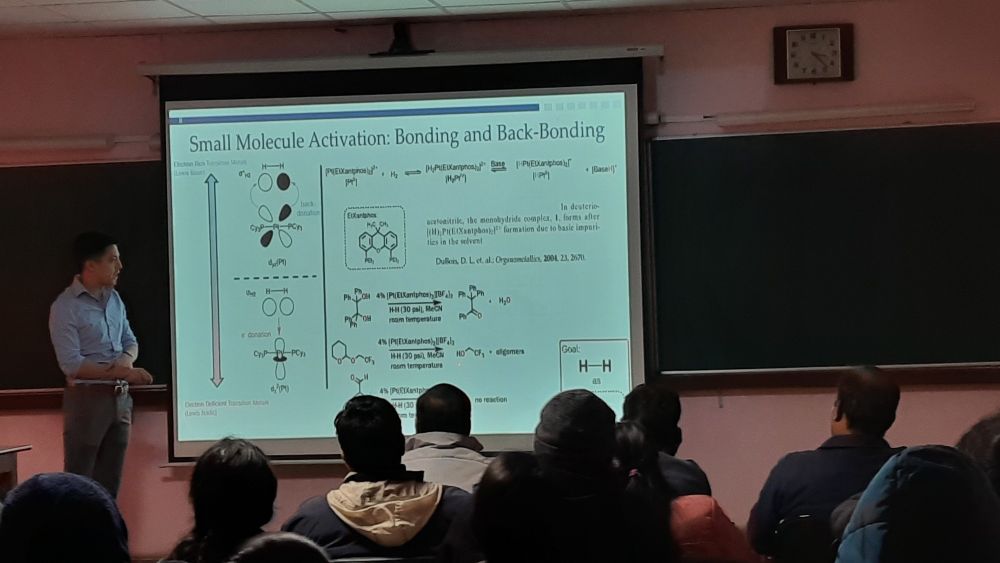Group Webpage: http://thekuolab.weebly.com
@jacs.acspublications.org ! Building off previous observations that oxidative additions to electrophilic metals might be a little different... including evidence for the first Pd(IV)-dihydride.
@pennstatechemistry.bsky.social
pubs.acs.org/doi/full/10....

@jacs.acspublications.org ! Building off previous observations that oxidative additions to electrophilic metals might be a little different... including evidence for the first Pd(IV)-dihydride.
@pennstatechemistry.bsky.social
pubs.acs.org/doi/full/10....




Heroic effort by graduate student Karli Sipps. And many thanks to computational support by colleagues at @pennstatechemistry.bsky.social Wyatt Gibbs and Elvira Sayfutyrova
pubs.acs.org/doi/full/10....

Heroic effort by graduate student Karli Sipps. And many thanks to computational support by colleagues at @pennstatechemistry.bsky.social Wyatt Gibbs and Elvira Sayfutyrova
pubs.acs.org/doi/full/10....

